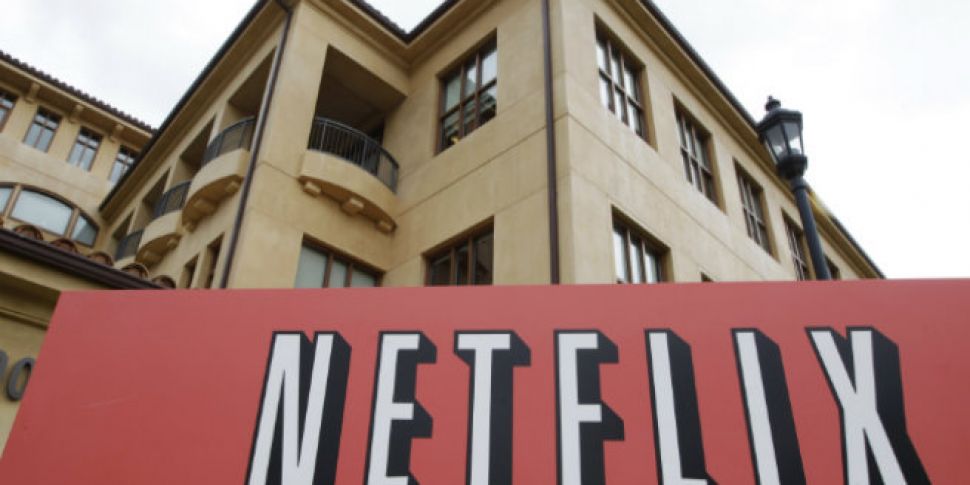With tens of thousands of people deep into a binge-watch of the new season of House of Cards this weekend, it’s hard not to be impressed with the progress Netflix has made in the realm of television.
Netflix did not invent the concept of the binge-watch, as anybody who indulged in a month-long immersion into boxsets of The Wire can attest to. However, they did cut out the middle man - removing the inconvenience of weekly waits for new episodes and making every episode available immediately (as opposed to whenever the DVD came out). It was an ingenious decision that legitimately changed many people’s viewing habits.
In many ways, it’s hard not to be impressed by the impact Netflix has had. Several of their ‘originals’ - and not so originals (looking at you, Better Call Saul, which they merely bought the rights to screen here) - have been among the most talked about and critically acclaimed shows of recent years.
Orange is the New Black has deservedly won many plaudits and fans. Daredevil and Jessica Jones have proven more mature and surprising than traditional televised (and indeed most cinematic) superhero fare. Making a Murderer was a phenomenon. And yet, throughout all this deserved success, there’s the sense things could be pushed even further.
The thing about the vast majority of Netflix shows is they still adhere quite rigidly to the traditional television structure. They still have episodes of generally uniform length - although, like HBO, typically have a few minutes breathing space in that regard. Few of the shows have really experimented with the sort of new structures and opportunities afforded by instant availability and binge-watch culture.
Sure, you could say Making a Murderer is almost a ten hour film cut into hour long chunks - but even compared to, say, Serial (which more ambitiously played with the idea of perspective from episode to episode) it’s still told in a pretty straightforward and linear manner.
Interestingly, perhaps the Netflix show that most effectively took advantage of the service was one it inherited from terrestrial television. Arrested Development season four seemed like it was designed very much with the service in mind.
While the season proved divisive among fans, its structure - with each episode dedicated to different characters, all feeding into an ever-complicating overarching plot - is something that wouldn’t have worked as well with weekly gaps between chapters. When the next episode is just a click away (or not even, if you’re happy to let the next episode play automatically) it flows a lot better.
However, Arrested Development also could have taken advantage of Netflix in different ways. Without ads, it instead took the opportunity to make the episodes longer than earlier seasons. This, though, proved a somewhat misjudged choice. The manic intensity and rapid-fire gags of the show were a perfect fit for 22 minutes on television. Some of the longer episodes, while allowing room for more stuff to happen, felt flabbier than the earlier seasons.
Which brings us to something Netflix shows could definitely take advantage of - the potential for longer and shorter episodes. Using Arrested Development as an example, some of the characters’ stories could have benefited from leaner running times - perhaps Gob’s deserved a full half hour, but Maeby’s could maybe (pun intended) have worked better in a more intense 15 minute chunk. Now, there are likely complex contractual reasons that could get in the way of that. But especially with genuine Netflix ‘originals’ it’s something that could prove creatively beneficial if it’s considered from the outset.
The possibilities are certainly intriguing. Rather than cross-cutting between multiple subplots and characters a lá traditional television, more flexible Netflix episodes could focus on just one - potentially creating pacier, almost ‘short film’ like standalone episodes in the process. Traditional television structure unquestionably has its place, but there’s a lot more that can be done too having been liberated from, y'know, television.
Imagine something with the novelistic scope of Game of Thrones, but with individual episodes more directly focused on specific characters rather than trying to juggle a dozen storylines at a time (indeed, it’s something GoT very occasionally indulges in already). It certainly wouldn’t work for everything - especially when some subplots are less interesting than others - but without ad breaks to adhere to or schedules to fill, the possibility is certainly there for more flexibility.
None of this is to understate what Netflix has achieved since House of Cards launched back in 2013. They’ve become a major television provider in only 36 months, with many viewers even happy to ‘cut the chord’ as more and more streaming shows appear on Netflix.
However, the company is in a unique position to experiment with and even subvert the ways viewers have traditionally consumed television. Maybe when we look back in another 36 months, some of their many upcoming shows will have managed that.









